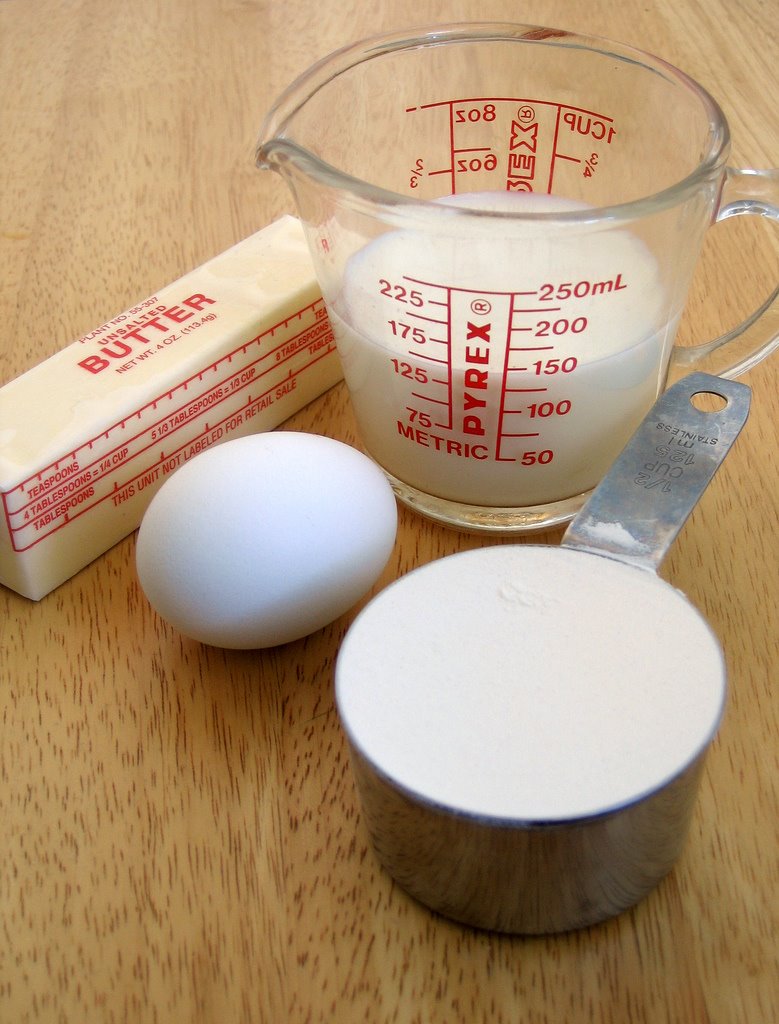Several people have asked how I know what the cost per serving is for different items.
My main source for information is the USDA database called The Nutritional Composition Of Foods. For years I owned the paperback versions that they printed in the 70s and 80s. Fortunately the information is now available online. I use other USDA publications as well, including a pamphlet I picked up when my kids were little that lets you calculate how much food to buy for day-care centers that serve meals. Now I use it to help my sons to figure out how much food to buy for their growing families.
Over the years, I've created a spreadsheet that does all the arithmetic for me. All I have to do is type in the price per pound, and the number of servings and it tells me how much to buy and how much it will cost. This week I spent a bit of time working on the spreadsheet to create some Magic Numbers for folks who read this blog.
The Magic Number for a food item is used two ways.
1) Multiply the Magic Number by the price per pound. That will give you the cost of a 1 ounce serving of cooked meat.
2) Multiply the number of servings by the size of the serving in ounces. Then multiply that by the Magic Number. That will tell you how much raw meat to buy.
Magic Numbers for fruits and vegetables work in a similar way. You'll get a different number of servings from a pound of fresh green beans than you will from frozen. And you'll get a different number of servings from a 1 pound can of green beans than you will from a 1 pound bag of frozen green beans. The Magic Number times the price per pound will give you the cost of a 1/2 C serving of that fruit or vegetable. The Magic Number times the number of servings will give you the amount you need to purchase.
When I post the price per serving each week, I take all these differences into account. That's how I come up with the comparisons between the various sale prices in the ads.
For those of you who want more details:
Let's try an example. The Magic Number for chicken thighs is .1202.
If chicken thighs are 99 cents per pound, you multiply .1202 times .99. That gives you .119. Read that as the dollars per serving, ie $0.119, or roughly 12 cents per 1 oz serving. (Only look at the first 2 or 3 numbers to the right of the decimal point. The rest is just junk).
If you need to serve 4 people, and you want each of them to have a 4 ounce serving of meat, you first multiply 4 times 4, or 16. Then you multiply the Magic Number by 16. 16 x .1202 = 1.92. Read that as 1.9 pounds of chicken thighs. If you want to serve 4 people 4 ounces of cooked meat, then you'll need to buy about 2 pounds of chicken thighs. If you only want to serve 3 ounces per person, then you'll only need 12 x .1202, or 1.4 pounds of chicken thighs.
If people want this information, I will start including it in my posts. Let me know by leaving a comment below.
Friday, April 24, 2009
Subscribe to:
Post Comments (Atom)


7 comments:
This is very good information. I am going to start using the database you mentioned. I'd also like to purchase some USDA pamphlets like you mentioned. Do you have any recommendations?
Thanks.
Sheila
Sheila, most USDA pamphlets are free and/or available on the web as downloads.
Check with your county extension program for the print copies. Here's a link to the Child Nutrition Food Buying Guide
Thanks for that information. I checked out the Child Nutrition Buying Guide and saw how they calculate the number of 1 0z portions in a pound of meat. Similarly they tell you how many 1/4 cup servings in a pound of any vegetable. Very handy!
Sheila,
This is great information. Would you share your formula for your magic numbers please? Thank you, Terry
Terri, I don't have magic numbers calculated. I think it's enough to know the number of servings to a container or check the Exchange Lists for different foods. For children, I always gave them a small portion of what we were eating and they grew up strong and healthy. It helps for some things to have a small scale to measure out meat portions and cheese.
If you have young children check out that child nutrition food buying guide that is recommended. I know there are all kinds of rules for what you can give children these days. We didn't have that 35 years ago. My philosophy is that once they have teeth, they can eat the same food but it must be softer and small portions like a tablespoon at a time. They also liked finger foods like french fries, green beans and banana slices. Hope this is of some help.
Can you send me the spread sheet you mentioned please
Post a Comment